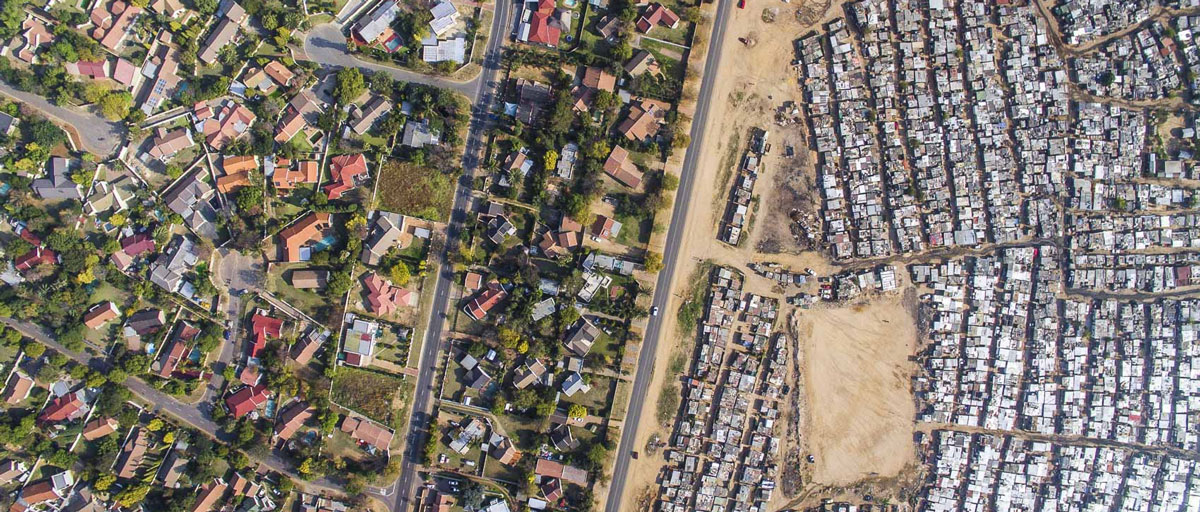Green Apartheid: Urban green infrastructure remains unequally distributed across income and race geographies in South Africa
Summary
Urban green infrastructure provides ecosystem services that are essential to human wellbeing. A dearth of national-scale assessments in the Global South has precluded the ability to explore how political regimes, such as the forced racial segregation in South Africa during and after Apartheid, have influenced the extent of and access to green infrastructure over time.
We investigate whether there are disparities in green infrastructure distributions across race and income geographies in urban South Africa. Using open-source satellite imagery and geographic information, along with national census statistics, we find that public and private green infrastructure is more abundant, accessible, greener and more treed in high-income relative to low-income areas, and in areas where previously advantaged racial groups (i.e. White citizens) reside. Areas with White residents report 6-fold higher income, have 11.7% greater tree cover, 8.9% higher vegetation greenness and live 700 m closer to a public park than areas with predominantly Black African, Indian, and Coloured residents.
The inequity in neighborhood greenness levels has been maintained (for Indian and Coloured areas) and further entrenched (for Black African areas) since the end of Apartheid in 1994 across the country. We also find that these spatial inequities are mirrored in both private (gardens) and public (street verges, parks, green belts) spaces, hinting at the failure of governance structures to plan for and implement urban greening initiatives.
By leveraging open-access satellite data and methods presented here, there is scope for civil society to monitor urban green infrastructure over time and thereby hold governments accountable to addressing environmental justice imperatives in the future. Interact with the data here: green-apartheid.zsv.co.za.







